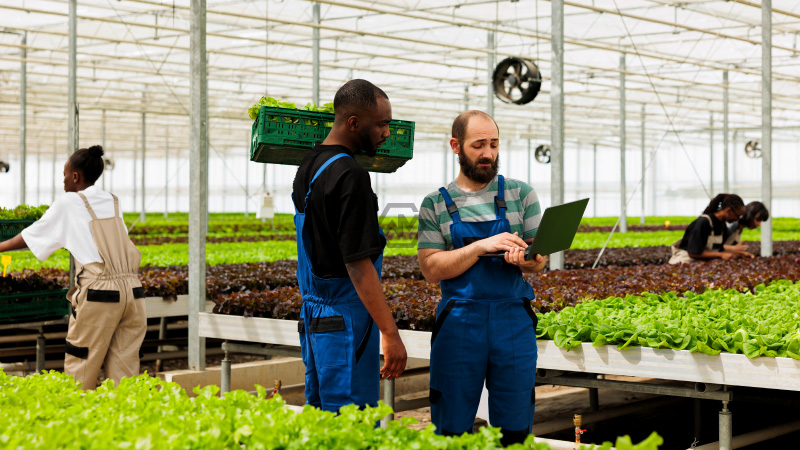Emmerson Mnangagwa of Zimbabwe and Filipe Nyusi of Mozambique spoke at the US-Africa Business Summit about the need for the agriculture sector in Africa to adopt new technologies to address climate change-related issues.
To increase Africa’s value in agricultural value chains, the two presidents extended invitations to investors from the United States and all of Africa to invest in their nations.
New technology in agriculture
Mnangagwa took delight in Zimbabwe‘s agricultural reforms, which have made it the SADC region’s top exporter of blueberries to Europe, the United States, and Asia.
Despite its agricultural potential and fertile territory, Mozambique, one of the Southern African nations hit by Tropical Cyclone Freddy in February 2023, has struggled with insecurity and hampered agricultural activity.
- Zimbabwe and Mozambique urge Africa’s agriculture sector to adopt new technologies.
- Mozambique faces insecurity and agricultural challenges due to Cyclone Freddy.
- Kenyan farmers use climate-smart agriculture and NASA satellite data for frost prediction.
Trimble, a provider of industrial technology, employs the precision agriculture approach, which keeps track of crop conditions at various growth stages using technology-sensing techniques. By using this approach, crop health is maintained and food security is fought.
Trimble also employs climate-smart agriculture, which gathers information and enables people to decide more effectively about preventing climate-related catastrophes.
Farmers in Kenya are using climate-smart agriculture to help them anticipate frost, which has an impact on tea production. Crop insurance has changed the game for farmers by allowing them to predict frost using satellite data from the National Aeronautics and Space Administration (NASA).
When Basadi Molelekeng became the first Motswana woman to farm in the Pandamatenga farming region, she urged other women and young people to do the same, saying that both groups were capable of farming.
As there is less manual labor at the higher levels of production, it is simple to use organization and technology, and if women have enough funding, they can do all of this.



